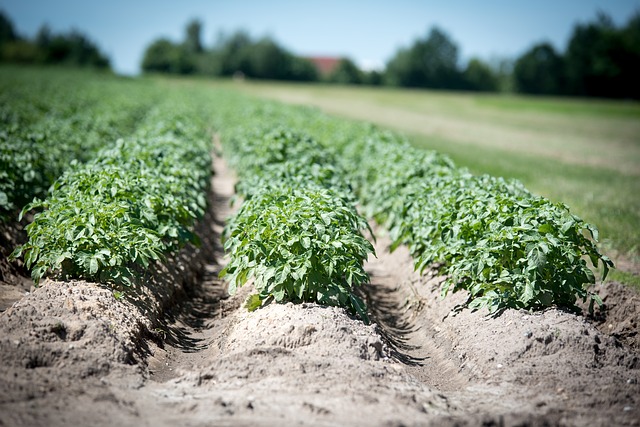Scientists at the James Hutton Institute, in collaboration with colleagues of the University of Dundee, Huazhong Agricultural University, Heilongjiang Academy of Agricultural Sciences (both China) and Wageningen University (Netherlands), have shed further light into the mechanisms through which the potato blight pathogen interacts with plant cells to promote disease.
Late blight played a major role in the historical Irish potato famine, and is still a huge problem for farmers today, causing massive crop losses and proving difficult to manage by chemical control and traditional breeding methods. This new research is another milestone in the quest to provide potato breeders with the knowledge needed to develop disease-resistant varieties suited to the requirements of consumers and industry.
The potato blight pathogen delivers proteins called effectors into plant cells to manipulate host processes and promote disease. Knowledge of where they localize inside host cells is important in understanding their functions.
Dr Petra Boevink, lead author of the research, explained: “We examined 52 effectors and found they were mostly located in the cytoplasm, nucleus, or cell membrane but some were at the endoplasmic reticulum, mitochondria, peroxisomes or microtubules, suggesting they function in diverse locations.
“Forty-five effectors enhanced the pathogen’s ability to colonize leaves when expressed inside the plant cells, revealing that they can indeed assist infection.
“Mixing effectors that are known to suppress different plant immune system pathways gave an additive boost to infection. Given that the pathogen produces many effectors this indicates that these effectors work in combination to suppress the many different strategies the plants use to defend themselves.”
The paper Phytophthora infestans RXLR effectors act in concert at diverse subcellular locations to enhance host colonization, by Shumei Wang, Hazel McLellan, Tatyana Bukharova, Qin He, Fraser Murphy, Jiayang Shi, Shaohui Sun, Pauline van Weymers, Yajuan Ren, Gaetan Thilliez, Haixia Wang, Xinwei Chen, Stefan Engelhardt, Vivianne Vleeshouwers, Eleanor M Gilroy, Stephen C Whisson, Ingo Hein, Xiaodan Wang, Zhendong Tian, Paul R J Birch and Petra C Boevink, is in the latest issue of Journal of Experimental Botany.











